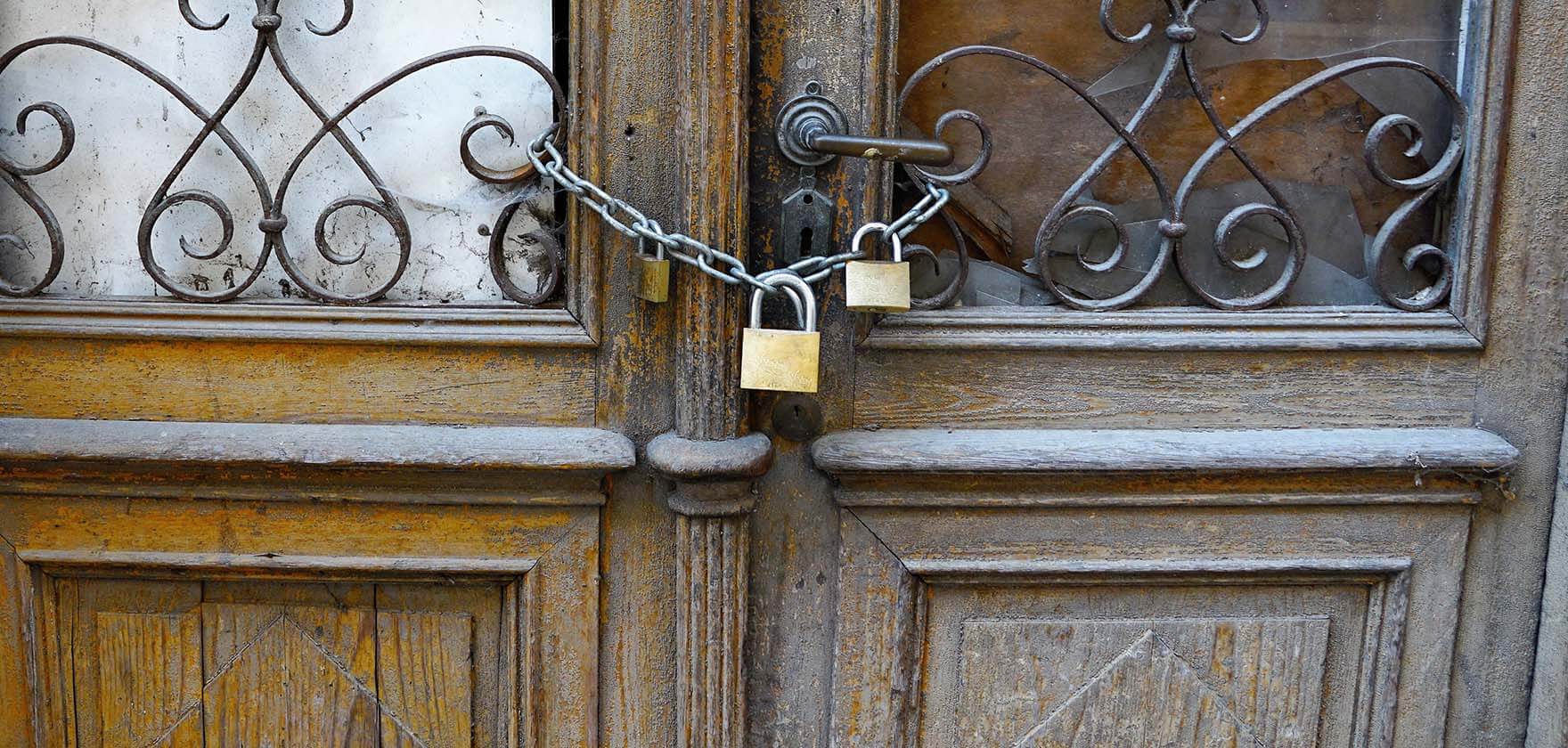Saying Goodbye: The Bittersweet Farewell of a Church Closing Its Doors
There is no guarantee that a revitalization effort will succeed and in those instances, closing the church may be the outcome. There’s a profound sadness that settles in when a church prepares to close its doors for the final time. It’s not just the end of a building or a schedule of services—it’s the quieting of a community’s heartbeat, the fading of a legacy woven through decades of faith, laughter, and tears. As the final service approaches, the weight of what’s being lost can feel overwhelming. Yet, even in the sorrow, there’s a chance to honor what was and look toward what might still be. Planning this service takes care and thought because it’s not just an event—it’s a farewell to a family.
Here’s a suggestion how a church might navigate that tender goodbye, with a closing service that holds space for both grief and gratitude.
A Candlelit Legacy
Imagine the scene: the oldest members—those who’ve called this church home the longest—step forward to light a candle. One by one, the flame passes from their hands to others, down to the newest among them. Each flicker carries a story, a memory, a moment when this church mattered. It’s a powerful symbol of a ministry that meant something, a way to say, “You were seen, and you were appreciated.” The glow of those candles doesn’t erase the ache of closing, but it softens it, reminding everyone that their time here left a mark.
Hymns, Supper, and a Sacred Pause
The service builds to a crescendo with the great hymns of faith—songs that have carried this congregation through joy and hardship. Then, the Lord’s Supper, a final act of communion that binds them together one last time. There’s a holy hush in that moment, a recognition of Christ’s presence even as the doors prepare to lock. The sadness is palpable—how could it not be?—but it’s tempered by the shared strength of these rituals, tethering them to something eternal.
Voices of Memory
In the weeks leading up to that last day, the church opens space for its people to speak. Questions float through the pews: What memories do you hold dear? What’s harder to let go of than you thought? What stories of this place still stir your heart? Even the quietest, least connected member finds their voice, recalling a baptism, a youth event, a pastor’s sermon that hit home. The timeline of the church unfolds—significant moments for the children, the youth, the women, the men. Each pastor’s tenure, each ministry, each milestone surfaces in the telling. It’s a flood of recollection, and with it comes the sting of realizing how much is slipping away.
The Pain of Letting Go
Let’s not sugarcoat it: closing a church hurts. It’s a loss that digs deeper than expected, unearthing emotions even the strongest members didn’t see coming. The questions reveal it—What historical events shaped us? What did we mean to this community? The answers paint a picture of a vibrant past now fading into memory. For some, it’s the youth group that kept them grounded; for others, it’s the women’s ministry that offered solace or the men’s group that forged bonds. To let go of that feels like losing a piece of themselves.
A Glimmer of New Beginnings
Closing a church is a wound that time will soften but never fully heal. It’s the end of an era, a slow unraveling of a tapestry stitched with love and service. Yet, in the candlelight, the shared stories, and the final prayers, there’s a chance to grieve well—to feel the sadness fully while holding onto the beauty of what was. As the doors close, the memories remain, and perhaps, in the quiet, a seed of something new begins to take root.

